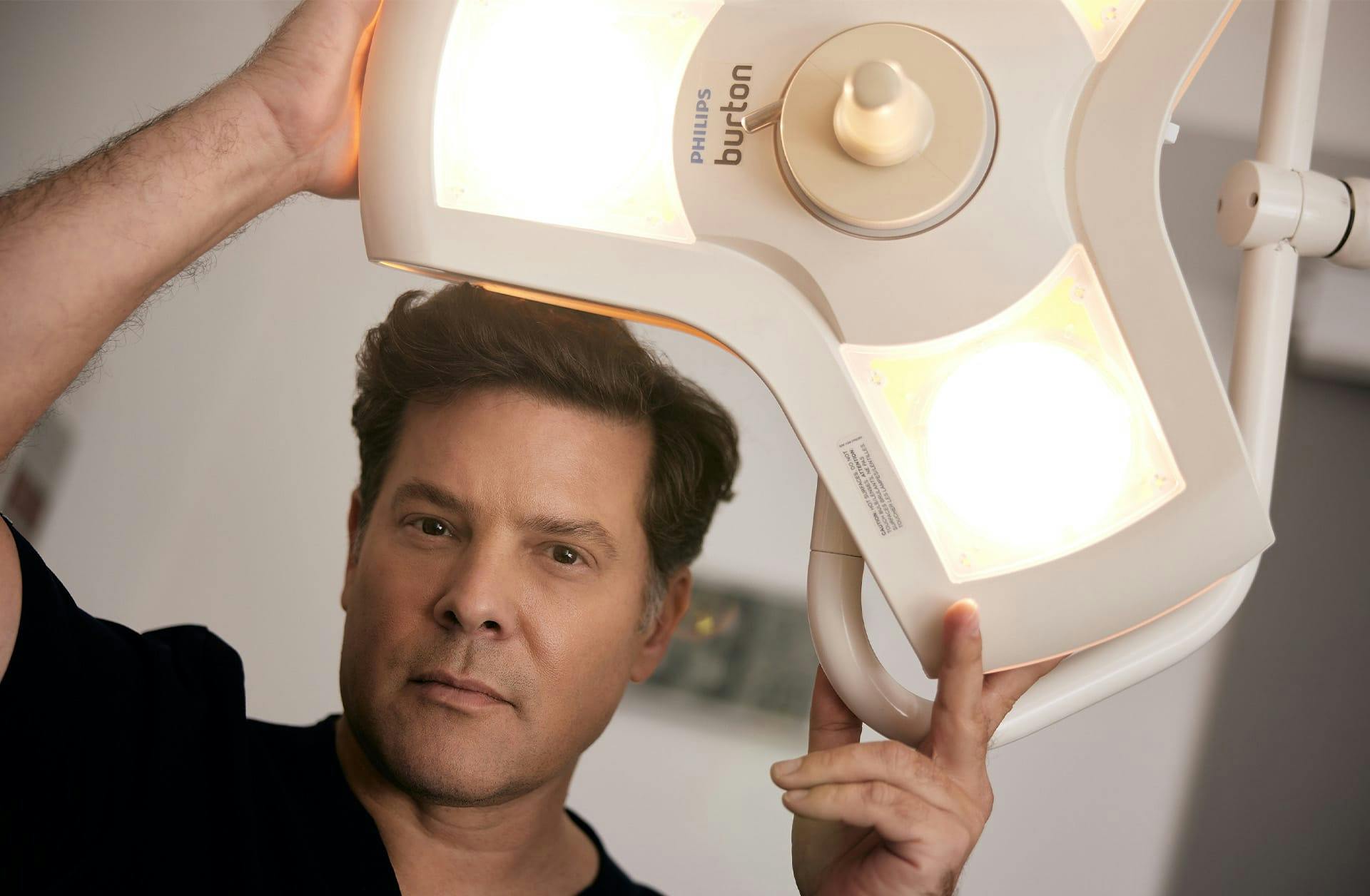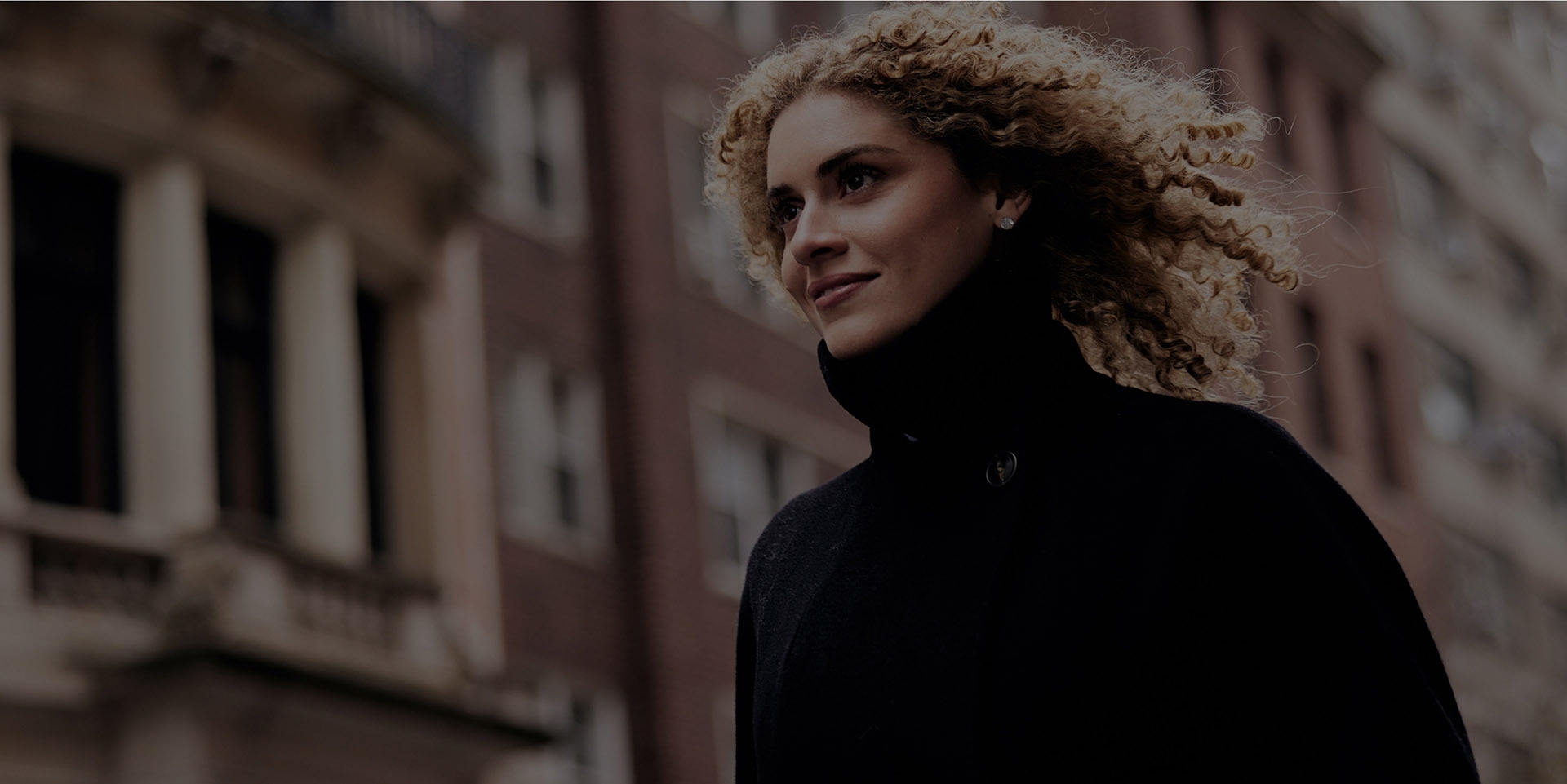Please take a moment to read the explanations of Dr. Westreich’s research papers. When read in chronological order, it shows how his techniques for nasal correction have evolved, based on scientific evidence. It also provides support for the Foundation Rhinoplasty technique as well as clarifying how he is able to do Closed surgery when many other surgeons would use an Open approach.
Sticky bar popup.
Lorem ipsum dolor sit amet, consectetur adipisicing elit. Ad alias animi commodi distinctio doloremque eum exercitationem facilis in ipsum iusto magnam, mollitia pariatur praesentium rem repellat temporibus veniam vitae voluptatum.
Lorem ipsum dolor sit amet, consectetur adipisicing elit. Ad alias animi commodi distinctio doloremque eum exercitationem facilis in ipsum iusto magnam, mollitia pariatur




















